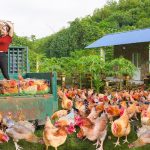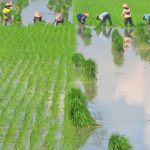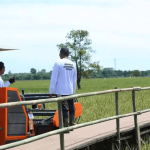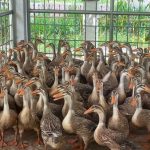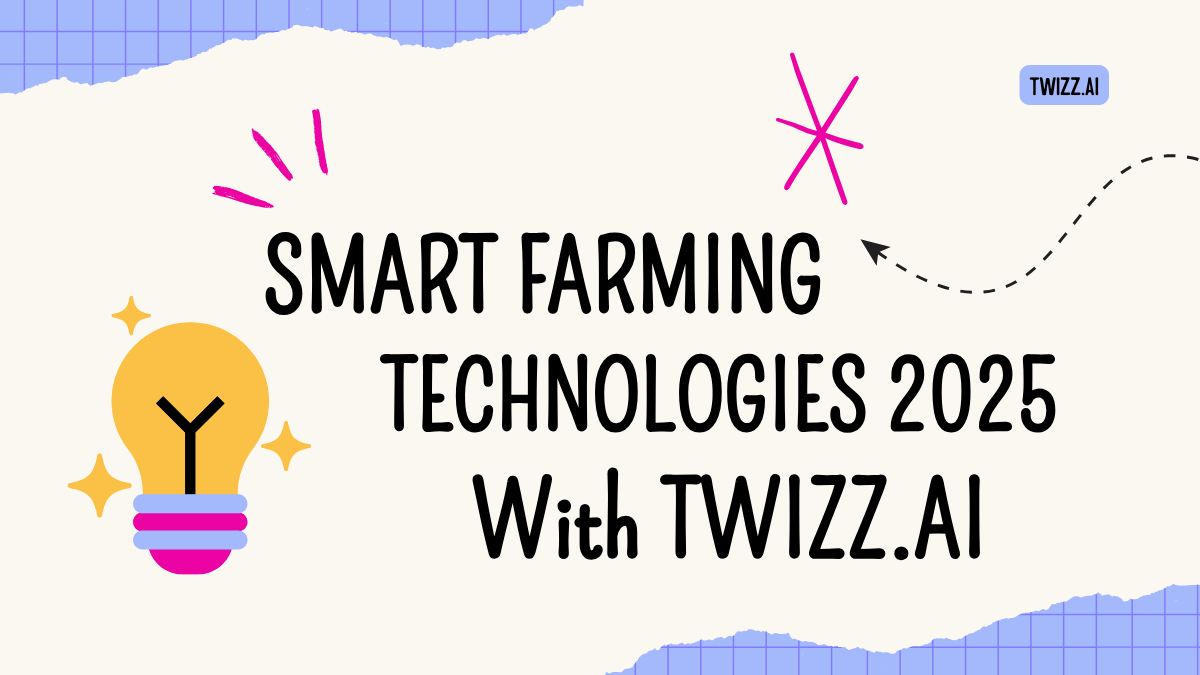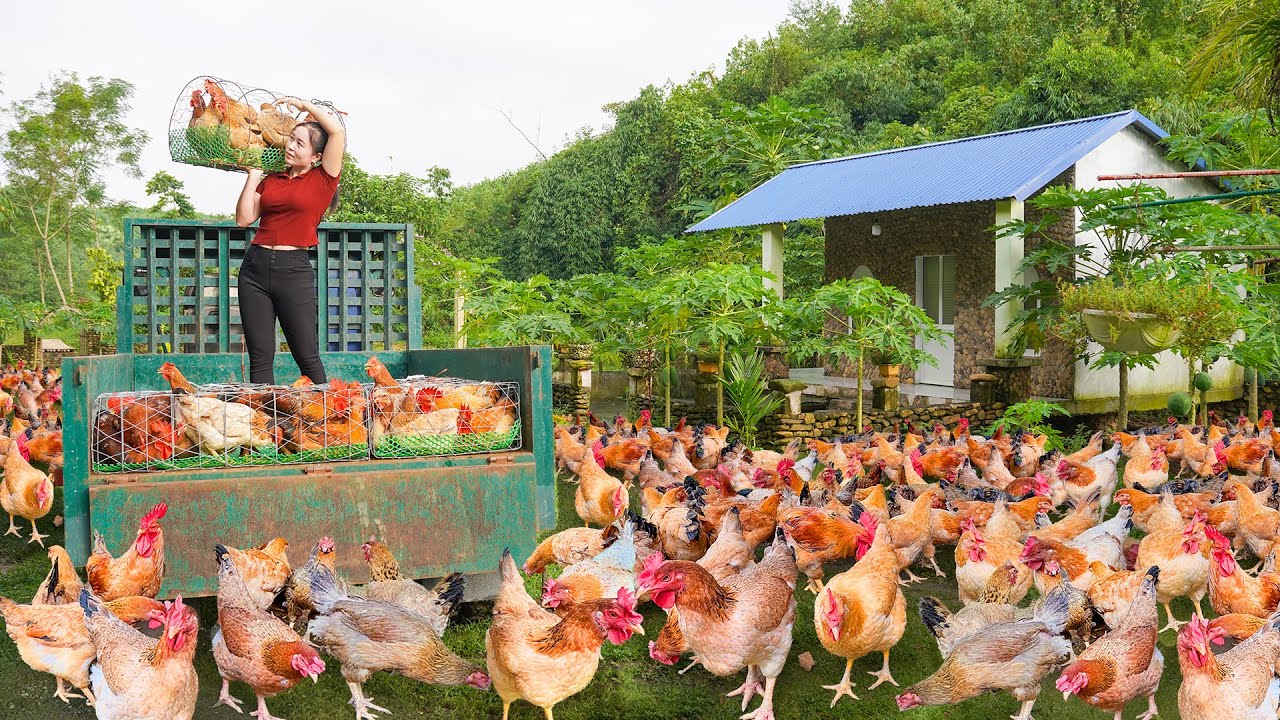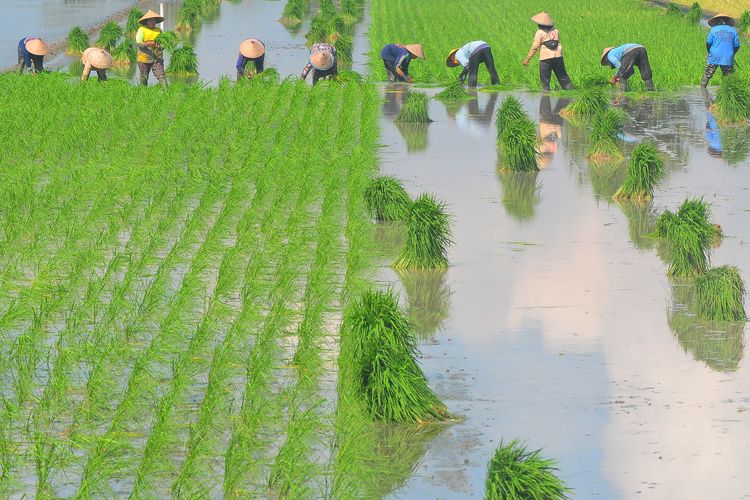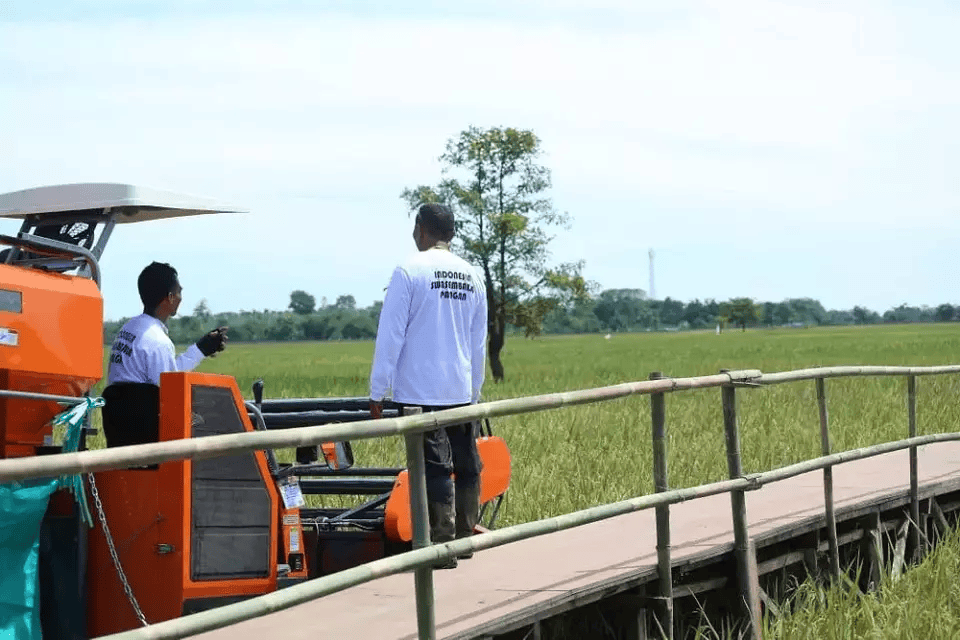Smart Farming Technologies Revolutionizing Agriculture in 2025
Embracing a New Agrarian Epoch
In the wake of mounting environmental stressors and an ever-increasing global population, agriculture enters a novel dawn in 2025. Smart farming innovations have transcended rudimentary automation to engender self-optimizing ecosystems that learn and adapt. This narrative chronicles the most disruptive breakthroughs that propel farms beyond mechanization into realms of predictive intelligence and resource sovereignty.
Unveiling the Smart Farming Ecosystem
Integrated Sensor Networks
Ultra-miniaturized multispectral sensors deployed across fields compile terabytes of plant health data in real time. These devices harness photonic and acoustic modalities to detect incipient nutrient deficiencies or pathogen ingress well before visible symptoms emerge. By triangulating soil moisture profiles, ambient microclimates and stomatal conductance, agronomists can finesse irrigation schedules to the hour, conserving precious freshwater reserves.
Aerial Robotics and Autonomous Drones
Swarming uncrewed aerial vehicles scan vast landscapes, performing seeding, spraying and surveillance with surgical precision. Leveraging LIDAR and hyperspectral imaging, drones differentiate between crops and weeds at sub-centimeter resolution. Advanced flight-path algorithms ensure collision avoidance and energy-efficient coverage, reducing agrochemical usage by up to thirty percent.
AI-Driven Decision Platforms
At the heart of smart farms lie cloud-based neural engines trained on historical yield data, soil typologies and meteorological forecasts. These platforms deliver bespoke recommendations—ranging from cultivar selection to real-time pest countermeasures. Machine learning models continuously refine themselves as new sensor inputs stream in, accelerating adaptation to evolving climatic patterns.
Robotics and Automated Machinery
Ground rovers and humanoid robots undertake labor-intensive tasks such as transplanting, harvesting and pruning. Through tactile feedback and computer vision, these machines negotiate uneven terrain and delicate crops without causing damage. Their modular design allows farmers to swap end-effectors for specific tasks, maximizing utility and reducing capital expenditure.
Pillars of Smart Farming Excellence
Data Fidelity and Interoperability
Ensuring high-quality, interoperable data is paramount. Standardized APIs and ontologies harmonize disparate datasets—soil analyses, ERP records and genomic sequences—into cohesive knowledge graphs. This semantic integration empowers cross-farm benchmarking and fosters collaborative research among cooperatives.
Energy Autonomy
Solar-harvesters, micro-wind turbines and bioenergy microgrids buffer smart farms against grid instability. Energy storage employs advanced solid-state batteries and hydrogen fuel cells to power 24/7 operations. In off-grid locations, anaerobic digesters convert agricultural residue into biogas, creating circular economies that valorize waste.
Cybersecurity and Data Sovereignty
As farms transition into digitally interconnected entities, they express new attack surfaces. Blockchain-anchored ledgers safeguard transaction records—seed provenance, fertilizer applications and harvest yields—rendering them immutable and transparent. End-to-end encryption shields sensor streams from tampering, while federated learning preserves data privacy by training AI models locally.
Narrating the Farmer’s Journey
In a remote valley, third-generation farmer Elena confronted plummeting yields due to erratic rainfall. By integrating smart soil probes and a predictive rainfall model, she optimized water inputs and saw a forty percent boost in harvest mass. Simultaneously, autonomous weeding robots reduced manual labor by two thirds, permitting Elena to reallocate her time toward agritourism ventures and value-added wine production—all made possible by the resilient backbone of smart farming.
Tips and Tricks for Deploying Smart Farming
-
Pilot Before Scaling
Deploy sensor arrays on a small test plot to validate performance under local conditions. Analyze calibration drift and refine deployment density before full-scale roll-out. -
Hybrid Expertise Teams
Assemble multidisciplinary teams combining agronomists, data scientists and automation engineers. Cross-functional collaboration accelerates problem solving and innovation. -
Edge Computing Adoption
Process critical data on-site to reduce latency and dependency on intermittent connectivity. Lightweight edge servers can run anomaly detection in the field, triggering immediate responses. -
Progressive Financing Models
Leverage pay-per-yield agreements with technology providers to align incentives and reduce upfront capital burdens. Performance-based contracts democratize access for smallholders. -
Continuous Learning Frameworks
Establish feedback loops where human insights and AI predictions inform each other. Regularly retrain models with end-of-season data to capture emergent pest behaviors or soil degradation. -
Community Data Cooperatives
Pool anonymized data across neighboring farms to unlock regional insights. Collective intelligence enhances model robustness against outlier events such as locust invasions or heatwaves.
Challenges and Future Prospects
Affordability and Access
High initial costs remain a barrier for marginal producers. Governments and NGOs must collaborate to subsidize essential infrastructure and provide training. Innovations in low-cost sensor fabrication—using printed electronics and commodity microcontrollers—promise to democratize access.
Regulatory Evolution
Policymakers must craft agile frameworks that foster innovation while safeguarding biosecurity and data rights. Standardization bodies should codify interfaces and compliance guidelines to streamline technology adoption.
Environmental Impacts
Smart farming’s holistic resource management curtails runoff and soil erosion. Yet, life-cycle assessments of robotics and battery manufacturing are essential to ensure net environmental benefit. Green design principles must govern hardware end-of-life recycling.
The Horizon of Agritech in 2030 and Beyond
Looking ahead, quantum sensors may enable ultrasensitive detection of airborne pathogens; synthetic biology could deliver self-repairing crops; and swarm robotics might orchestrate pollination services at scale. The confluence of digital twins, digital thread and circular bioeconomies promises an agriculture that is not only productive but regenerative.
